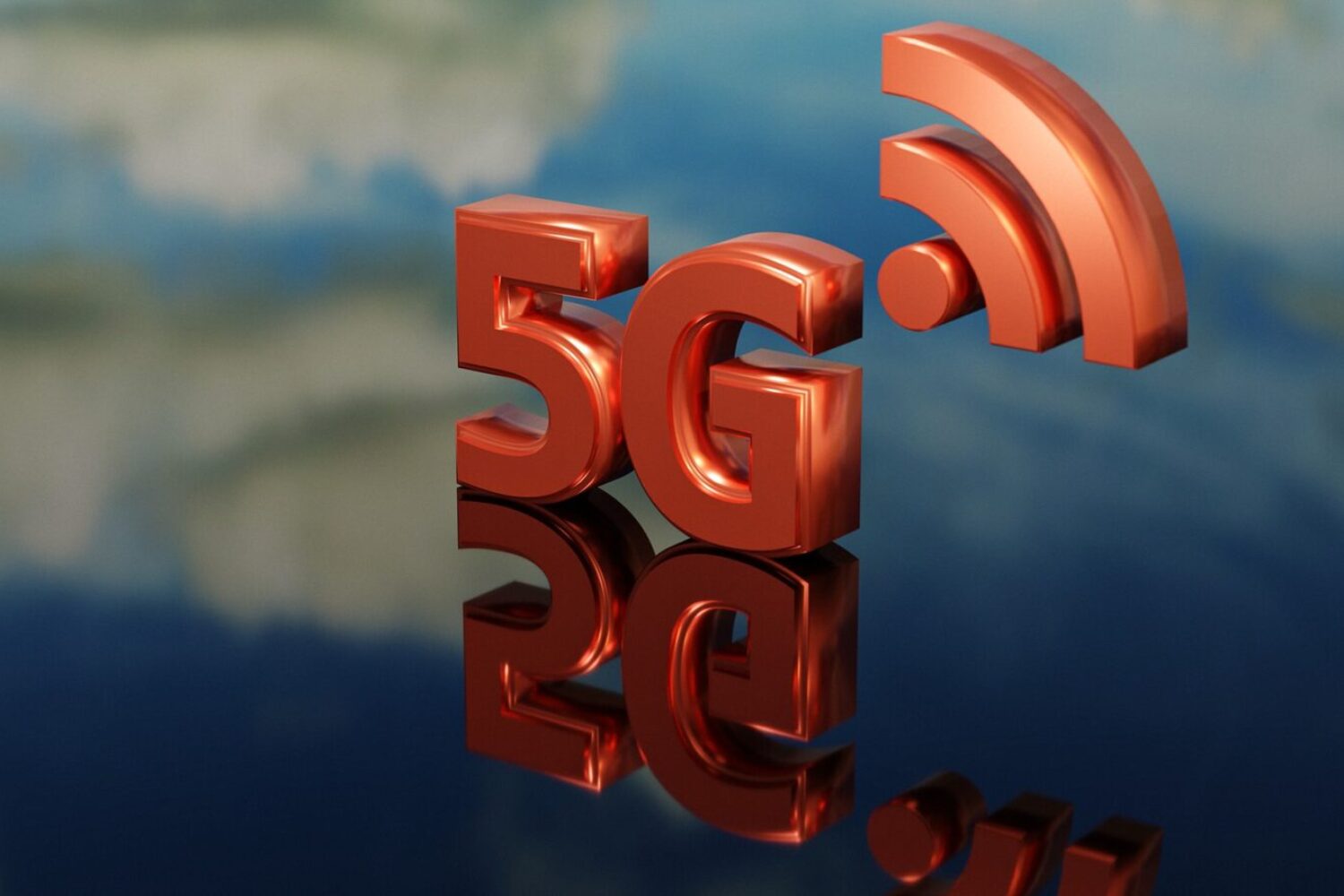In July 2016, the U.S. Federal Communications Commission (FCC) freed up large amounts of bandwidth in the underused low to high-band spectrum for development of 5G (Fifth Generation technology standard) . By the end of 2018, 5G was beginning to roll out in the US. The European Union followed in early 2018 and today industry projections forecast more than 1.7 billion subscribers worldwide by 2025.
5G has been expected to move 10 to 50 times more data than 4G LTE. 5G also promises to transform IoT (Internet of Things) connecting billions of devices and driving new markets and business opportunities.
Today within the US and internationally there are multiple 5G platforms offering a mix of speed, technologies, and applications. Some are simply leveraging previous investments in 4G LTE. Carriers and providers such as T-Mobile are utilizing mid-band and now CA (Carrier Aggregation) while AT&T and Verizon are starting to deploy C-Band. C-Band is the technology that was thought to pose a threat to airplane safety.
Consumers looking to buy 5G cellular technology devices need to be mindful of disparate services among the major providers.
The final concern appears to be security. An increase of connected devices raises the risk of attacks on a substantial scale. The Federal Government is moving quickly to establish guidelines to mitigate risk.
Looming in the future – 6G


